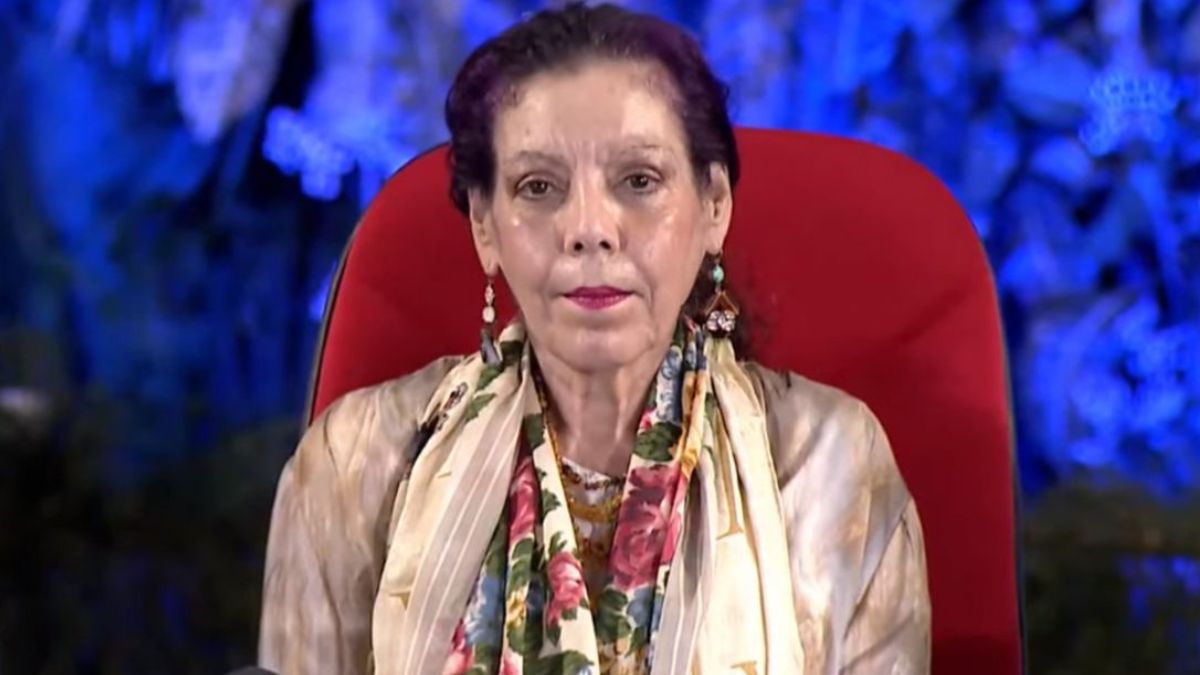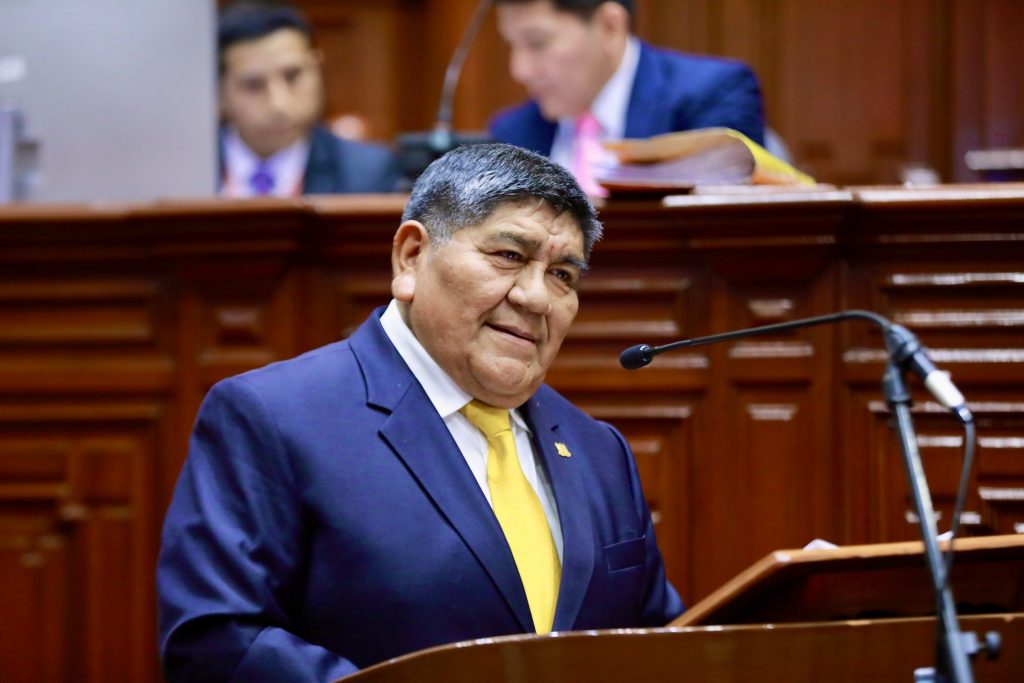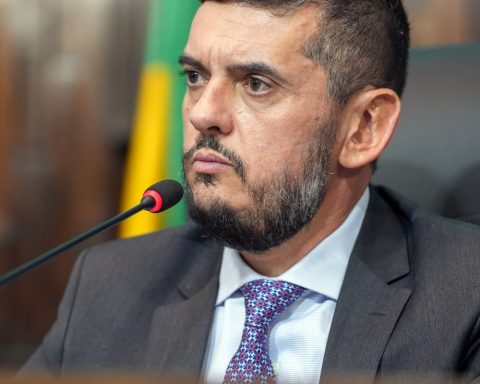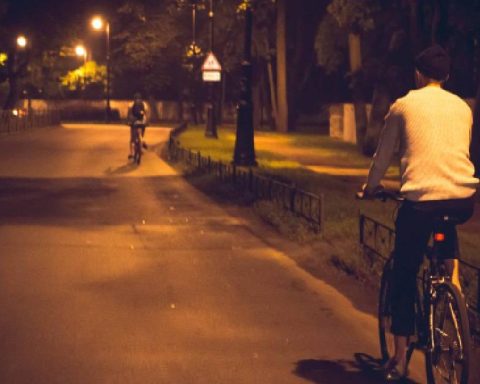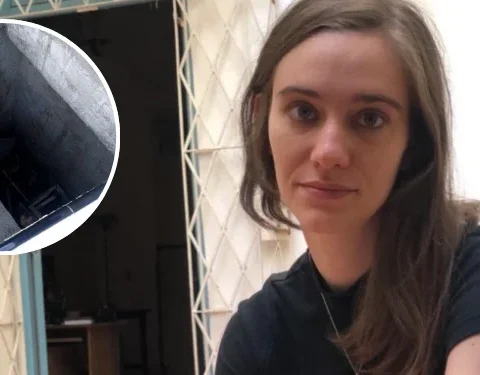Unmistakable with her eccentric multicolored suits and hands full of rings and bracelets, Rosario Murillo, 73, is the powerful and omnipresent wife of President Daniel Ortega, who now makes her rank of “co-president” official with a constitutional reform.
The government will have “a co-president and a co-president” with a mandate of “six years”, not five as currently, according to the text approved “unanimously” this Friday by Congress, controlled by the ruling Sandinista National Liberation Front (FSLN, left).
The reform leaves on paper what was in fact. Ortega had called her “co-president” publicly for the first time at an event in 2021, and in 2023 he expressed his intention to translate it into the Constitution.
Since the former guerrilla, who governed in the 1980s after the triumph of the Sandinista revolution, returned to power in 2007, Murillo has been his only spokesperson, and since 2017 his vice president and first successor.
He is the visible and operational face of the government, with a high capacity for work. He accompanies Ortega in every public appearance and in the political corridors it is said that no one moves a finger without his authorization.
It reports on the government’s work, the weather or the saints of the day, praises Russia and China or condemns Israel… all with metaphorical language, talking about peace and harmony, and mentioning “God” and the “Virgin.”
He has a large collection of epithets to refer to his adversaries, especially after the 2018 protests that left some 300 dead and miles in exile: “cockroaches with mouse eyes”, “zombies”, “dirty rags”, “chants” (residues), “grotesque”, “diabolical”…
Related news: Rosario Murillo advances in waste: He has ordered the installation of 200 “tree trees” throughout Nicaragua
– Relative of Sandino –
Murillo and Ortega met during the fight against the Somoza dictatorship (1937-1979). After years of living together, they married in 2005.
He was born on June 22, 1951 in Managua. His mother, Zoilamérica Zambrana Sandino, is the niece of General Augusto César Sandino, the revolutionary hero after whom the FSLN is named.
Her father, Teódulo Murillo, was a wealthy cattle and cotton farmer who “adored” his daughter “for the intelligence she showed” and her interest in books and poetry, says writer Fabián Medina in his book “El Preso 198.”

When Murillo turned 11, her father sent her to study secretarial work in England and Switzerland, where she learned English and some French. On one occasion, on vacation in Nicaragua, her mother forced her to marry Jorge Narváez, with whom – according to Medina – she became pregnant at the age of 15. With him she had two children, Zoilamérica and Rafael.
Divorced from Narváez, she married the journalist Hanuar Hassan, with whom she had a child whose death, in an earthquake in 1972, inspired her to write her first poems in 1973.
In 1968 he came to work for the newspaper La Prensa as director of the secretariat of the then Pedro Joaquín Chamorro, a staunch critic of Somoza.
Chamorro was assassinated in 1978. His wife, Violeta Barrios, became the first woman to govern Nicaragua (1990-1997) after defeating Ortega at the polls.
– Mother and “persecutor” –
In 1969 Murillo joined the FSLN and in the 1970s he helped found a movement of artists opposed to Somoza.
In 1977 he went into exile in Panama, Venezuela and Costa Rica, where he met Ortega, with whom he returned to Nicaragua in 1979 when the revolution triumphed, and headed cultural organizations.
In his memoirs, the late poet and priest Ernesto Cardenal tells about the influence that Murillo then had on Ortega and how he tried to boycott his work when he was Minister of Culture.
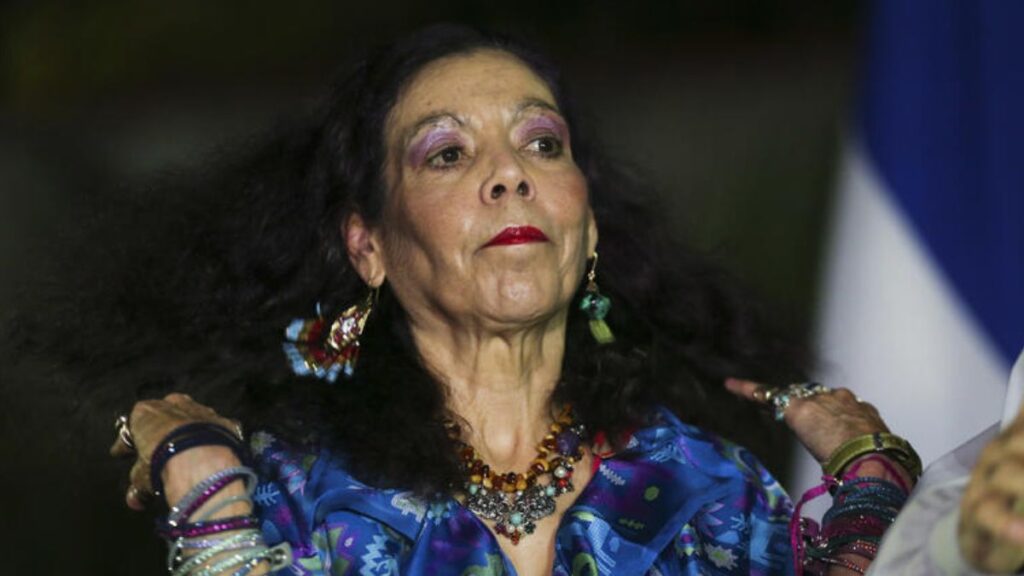
“If she doesn’t get what she wants, she has no scruples, just like Daniel Ortega,” the writer Gioconda Belli, who was a friend of Murillo in the 1970s and is now exiled in Spain, once told AFP.
With Ortega he had seven children. When Zoilamérica accused her adoptive father of sexual abuse in 1998, Murillo turned her back on him and declared that she felt “ashamed” of her daughter.
“I would have understood her to remain silent, but not for her to become my main persecutor,” Zoilamérica said in an interview with AFP in 2021 in Costa Rica, where she lives in exile.
Murillo marked his own style. She loves large necklaces, rings and earrings, she decorates official events with flowers and had a hundred enormous metal and colored trees of life installed in Managua, a symbol of power.
Among Nicaraguans there is talk of their supposed esoteric beliefs. Belli describes her as a “superstitious” woman.
